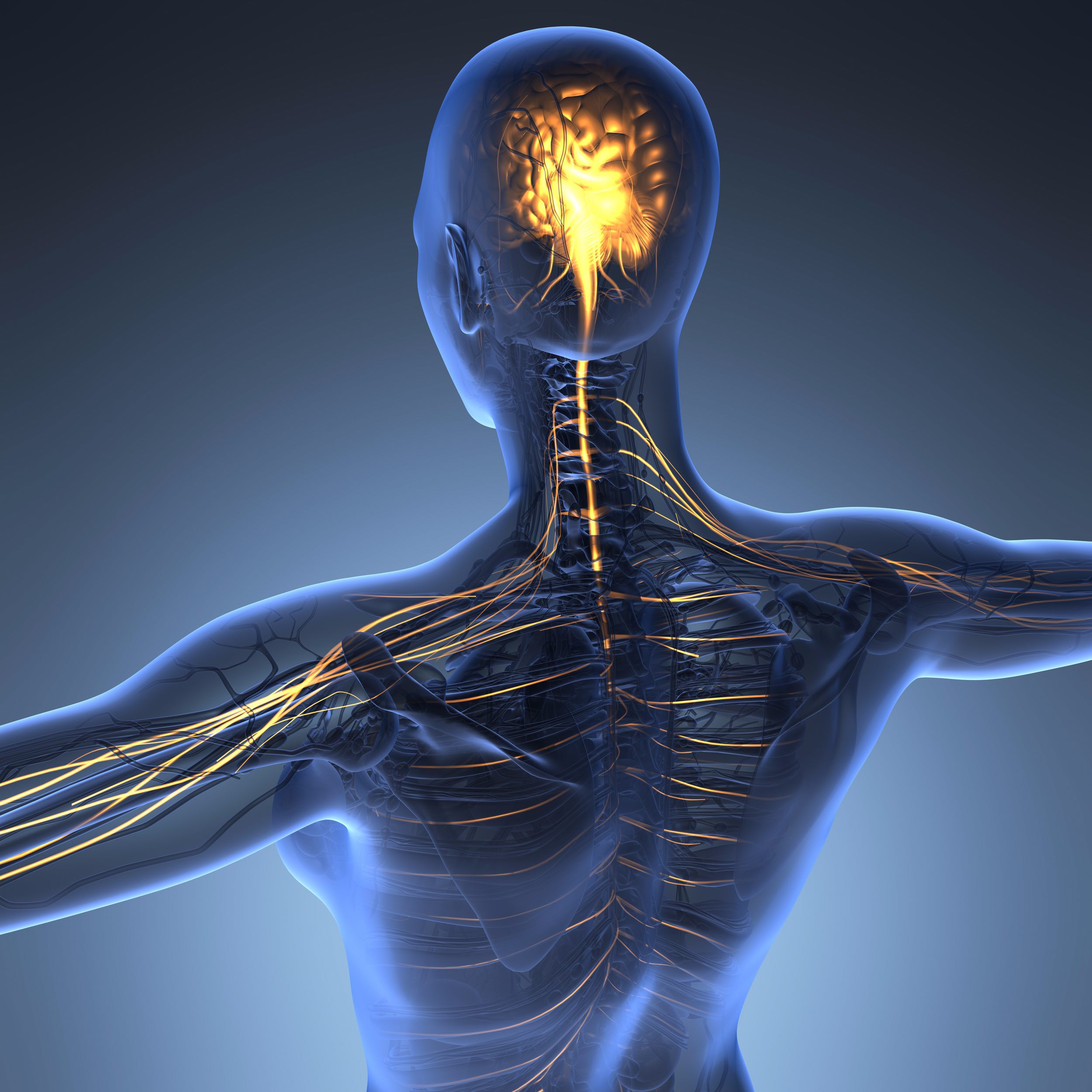How sport improves your brain performance

Our brain consists of three pounds of intelligent nerve tissue. It helps us think of crystal clear thoughts and smart ideas. But sometimes it also lets us down. It’s still not clear in detail how the computer in our heads works. But one thing is sure: the brain and sport are intimately connected. The right movement can significantly improve brain performance.
Nerve cells act at the speed of light
It is ingenious, sophisticated, and is in our heads. An unimaginable network of billions of nerve cells ensures that we can walk, smell flowers, and philosophize about life. We continuously absorb information through our eyes, ears, nose, and skin. The grey cells then decide at lightning speed which of these we notice. Responsible for this are about ten billion nerve cells, which are connected by tiny fibers. They are called axons and dendrites. Like on a data highway, each nerve cell can communicate with another at the speed of light, grasp thoughts, and trigger actions.
Sport improves brain performance better than Sudoku
In the search for a suitable method to preserve brain performance as long and effectively as possible, experts like to advise brain jogging. But instead of doing Sudoku, crossword puzzles, and brain training exercises, it is better to literally take brain jogging. So put on your running shoes and get going. More and more scientific studies show a close connection between brain and sport.
The latest scientific findings
- Research at the German Sport University in Cologne has shown that regular exercise changes brain activity. The motor cortex responsible for movement and coordination is particularly active during practice. The prefrontal cortex, which is responsible for logical thinking, enters a rest phase. This is a desirable effect, which scientists describe as reset. It clears the head and helps us to concentrate better after exercise.
- Scientists from the University of Ulm have come to a similarly definite conclusion. They investigated two groups. One group did regular endurance training; the other group did not do any sports. The apparent result: the active group’s spatial imagination and concentration ability were significantly higher than that of the couch potatoes.
- Neurologists at the Bergmannsheil Clinic in Bochum used state-of-the-art imaging techniques to examine the brains of athletes and non-athletes. Result here: The brain substance of the active subjects was significantly larger.
- After a four-month fitness program, Canadian scientists from the Montreal Heart Institute demonstrated better athletic performance and considerably higher mental performance.
- US researchers at the University of Arizona examined two groups of young men. One group regularly engaged in endurance sports, the other was inactive. The result: The brains of the athletes had a significantly better functional capacity. In other words, they were able to focus better on one activity and then perform it faster, more effectively, and with a lower error rate.
- A study at the Beckman Institute of the University of Illinois has shown that age plays no role in the positive effects of sport on the brain. In a study with 55 – to 79-year-old test persons, all participants’ brain performance improved significantly. This included those who showed the first signs of dementia.
Mentally fitter through endurance training
More reasons are certainly not needed to become or remain active immediately. Aerobic endurance training proves to be particularly suitable for mental fitness. Anyone who goes jogging, swimming, cycling or inline skating not only does something for their heart, blood vessels, and muscles but also boosts their intelligence. But very importantly: sport only makes you mentally fit if you go jogging or exercise regularly. Then the most amazing things happen in the brain during fitness:
- The brain is much better supplied with oxygen, during slow jogging by up to 30 percent. The increased blood flow also ensures that critical biochemical substances are better transported.
- The plasticity of the brain increases. The reason: physical exercise releases so-called neurotrophins. The body needs these substances to form and attach new nerve cells in the brain.
- In the oldest structures of the brain – the cerebral cortex, the cerebellum, and the hippocampus – an increased metabolic activity occurs. The result: brain cells survive more prolonged, and new nerve cells are formed. This leads to better learning ability and prevents circulatory disorders.

Aerobic exercise is best to boost brain performance
Athletic beginners or re-starters who want to bring not only their cardiovascular system but also their brain back to high performance, should, however, after the doctor’s OK, first slowly start moving. It is best to begin under professional supervision or according to the training plans in a running book. If you already exercise regularly, you should take part in aerobic sessions from time to time to maintain your mental fitness. However, do not exaggerate, but really stay within the aerobic range.
After learning, the best thing to do is sport
Finally, the following tip, based on a study published in the renowned journal Cell: If you are studying for an exam or want to learn something new, you should not start with the sports program immediately after learning, but only after a break of at least one hour. So first rest, read an excellent book or watch a series and then start with the sport. The brain can store the previously learned information much better than when training directly after learning.